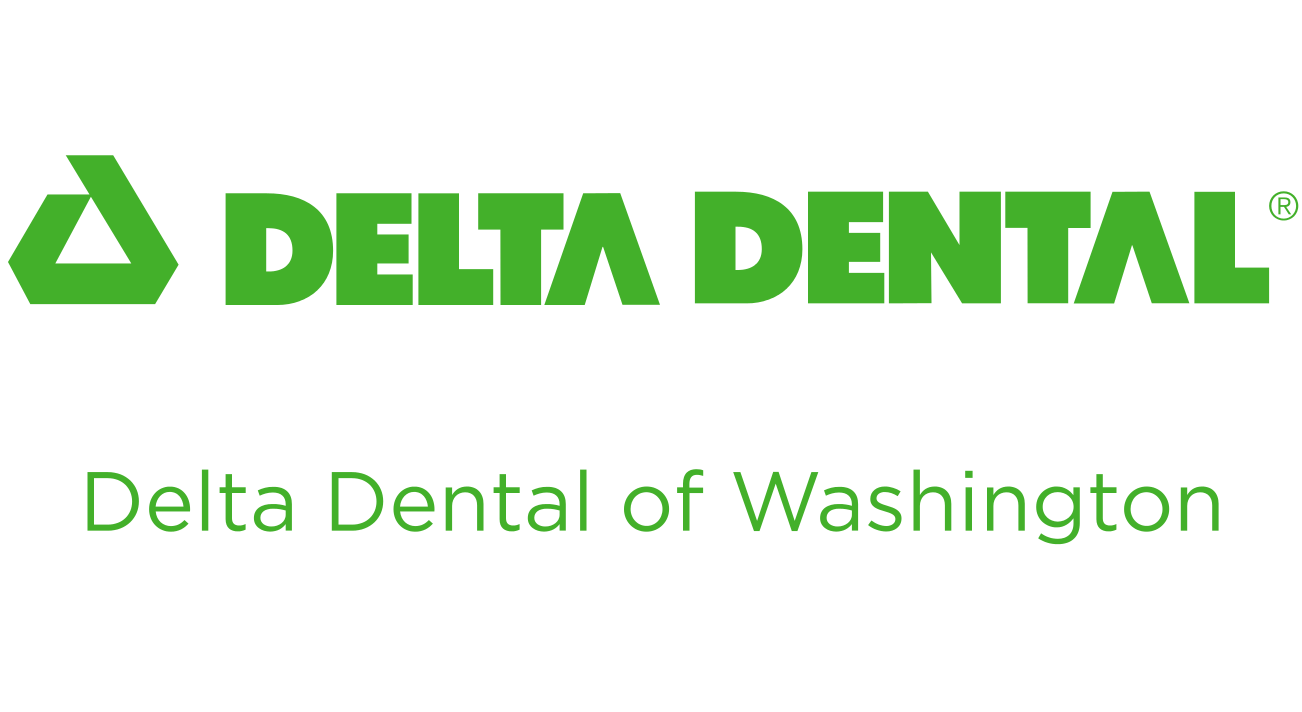In the movies and the TV shows, whenever a patient gets a dose of laughing gas, they get a massive case of the giggles. It looks like they’re having the best time anybody has ever had, especially in a dentist’s chair. But, is that how it really works?
Let’s find out.
What is Laughing Gas?
Laughing gas, or nitrous oxide, is a safe and effective sedative agent that is mixed with oxygen and inhaled through a small mask that fits over your nose. It’s used to help you relax. Your dentist may offer to use laughing gas to make you more comfortable during certain procedures. It doesn’t put you to sleep, so you can hear and respond to any requests or directions the dentist may have for you. If you have an excessive fear or anxiety when it comes to going to the dentist, laughing gas may be a great way to help you relax.
There are three effects in the working mechanism of laughing gas.
- It reduces anxiety, taking away your fear.
- It kills pain, so the procedure won’t hurt.
- It creates euphoria, so you feel all kinds of good.
When your dentist administers laughing gas, they’ll ask you to breathe normally through your nose. In a few minutes, you’ll start to feel the effects. You may feel light-headed, or you may feel a tingling sensation in your arms and legs. Some people go the opposite route, with their arms and legs feeling heavy. A steady stream is necessary to maintain the effects as they wear off soon after the mask is removed.
Shopping for dental coverage? We offer individual dental plans designed to meet any smile's needs or budget.
What Happens to Your Brain on Nitrous Oxide?
Laughing gas isn’t all fun and games. When you inhale the gas, it displaces the air in your lungs and prevents oxygen from getting to your brain and blood. This deprivation is what causes all the giggles. Some people even experience mild hallucinations.
It takes about two minutes for the effects to wear off once you stop breathing in the nitrous oxide.
Common Side Effects of Laughing Gas
Here’s a rundown of side affects you might experience even when it’s being administered properly:
- Mental confusion
- Leg pains and/or numbness
Other side effects include nausea, headache, increased sleepiness, and excessive sweating or shivering. If this information has put you off of laughing gas, ask your dentist to recommend any alternatives.
Want to learn more?
Talk to your dentist. If you have any questions about nitrous oxide, ask them. They're happy to explain how it works and why it may be a good fit for your next dental procedure.
Don’t have a dentist? Create or sign in to your MySmile® account to search for an in-network dentist near you. You can even filter your results by patient endorsements!


